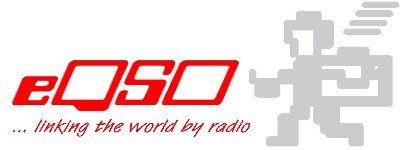LOCAL TIME GMT +8
Tuesday, April 22, 2008
Q Code information
The "official" codes were assigned meanings by the International Telecommunications Union in 1959. The abridged definitions of the "official" codes are derived from a very detailed list compiled by using information extracted from Allied Communications Publication 131(B), Amendment 1.
Also included, are the "unofficial" meanings assigned by the American Radio Relay League (ARRL) to QST and to codes in the QNA to QNZ series, which are defined in the ARRL Handbook for Radio Amateurs and should only be used in amateur CW nets. These net codes should not be used in casual amateur CW conversations or in phone nets. When used by the Amateur Service, meanings assigned to codes in the QNA to QNZ series by other Services do not apply. Most, but not all, of the codes can be used either as a statement or a question, depending on the context of their use.
These Q-Codes were intended for CW use, where the question form would be denoted by following the code with a question mark (..--..). When using the ARRL definitions of codes in the QNA to QNZ series, no question mark is necessary, even though the meaning may be interrogatory. Radio amateurs, and some professional operators, also use these codes on telephony, where the context is more obvious. Also, in amateur radio use, Q-Codes are often used as an abbreviation for a longer phrase. For example, QTH is used to indicate the location of the station as in "My QTH is Storrington", whereas QTH actually means "What is your position in latitude and longitude (or according to some other recognised location system)" or "My position is .......".
info selanjutnya sila dapat dilihat VE3LXV Q code information page
Also included, are the "unofficial" meanings assigned by the American Radio Relay League (ARRL) to QST and to codes in the QNA to QNZ series, which are defined in the ARRL Handbook for Radio Amateurs and should only be used in amateur CW nets. These net codes should not be used in casual amateur CW conversations or in phone nets. When used by the Amateur Service, meanings assigned to codes in the QNA to QNZ series by other Services do not apply. Most, but not all, of the codes can be used either as a statement or a question, depending on the context of their use.
These Q-Codes were intended for CW use, where the question form would be denoted by following the code with a question mark (..--..). When using the ARRL definitions of codes in the QNA to QNZ series, no question mark is necessary, even though the meaning may be interrogatory. Radio amateurs, and some professional operators, also use these codes on telephony, where the context is more obvious. Also, in amateur radio use, Q-Codes are often used as an abbreviation for a longer phrase. For example, QTH is used to indicate the location of the station as in "My QTH is Storrington", whereas QTH actually means "What is your position in latitude and longitude (or according to some other recognised location system)" or "My position is .......".
info selanjutnya sila dapat dilihat VE3LXV Q code information page
Subscribe to:
Comments (Atom)







